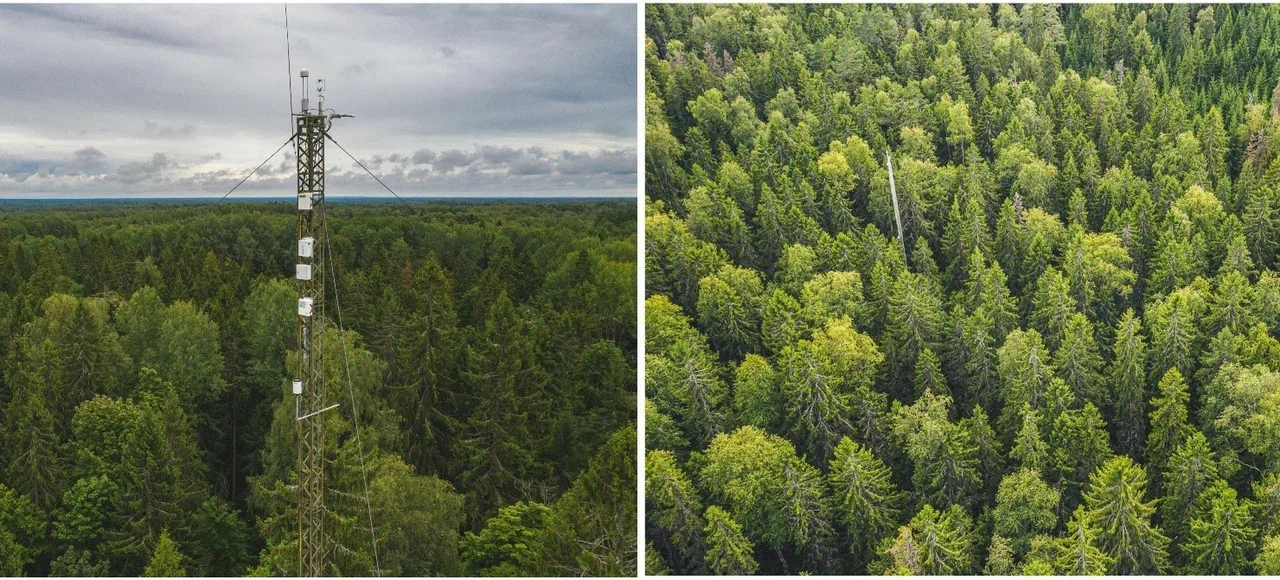
Climatic anomalies affect the carbon balance of forests, as well as their ability to absorb atmospheric carbon dioxide, state the scientists of the A.N. Severtsov Institute of Ecology and Evolution RAS.
Climate change affects biogeochemical processes in the spruce forests of the southern taiga subzone of the European part of Russia. The amplitude and range of variability of carbon dioxide uptake and emissions in spruce forests depend on environmental conditions.
“Long-term observations of ecosystem fluxes of carbon dioxide in different types of spruce forests have shown that these forests can be both a source and sink of carbon dioxide for the atmosphere, depending on the specific temperature and humidity conditions of the growing season and soil moisture regime. Thus, abnormally warm and dry weather conditions in the summer months can lead to an increase in the absorption of carbon dioxide in spruce forests of various types. At the same time, under conditions of rising temperatures and decreasing precipitation, there is an increase in the release of carbon dioxide into the atmosphere only in waterlogged spruce forests, and a decrease in its release in spruce forests on well-drained mineral soils, ”said Vadim Mamkin, researcher at IEE RAS, candidate of biological sciences.
As experts explained, the balance of CO2 between the forest ecosystem and the atmosphere depends on the amount of carbon dioxide absorption during photosynthesis and the amount of carbon dioxide emissions (emissions into the atmosphere) during the respiration of various organisms. Changes in environmental conditions as a result of climatic anomalies simultaneously affect both absorption and emission of CO2.
The scientists analyzed the interannual variability of CO2 ecosystem fluxes in different types of spruce forests on the basis of the South Valdai Ecological Observatory of IEE RAS "Okovsky Les", located on the territory of the Central Forest State Natural Biosphere Reserve (Tver Region). With continuous year-round monitoring, the method of turbulent pulsations was used. Observations of turbulent flows in the surface layer of the atmosphere were carried out for five years. The method is based on the calculation of the intensity of heat and carbon dioxide transfer in the surface air layer by turbulent vortices.
The work was supported by the Russian Science Foundation. The results are published in MDPI.
Related materials:
TASS Nauka: "The taiga absorbs CO2 more strongly due to the hot summer months"
+1: "Scientists: Russian taiga absorbed more carbon dioxide during heat wave"
Ecosphere: "Heat caused intense CO2 uptake by spruce forests"
First Sevastopolsky: "The southern taiga began to absorb more carbon dioxide"
